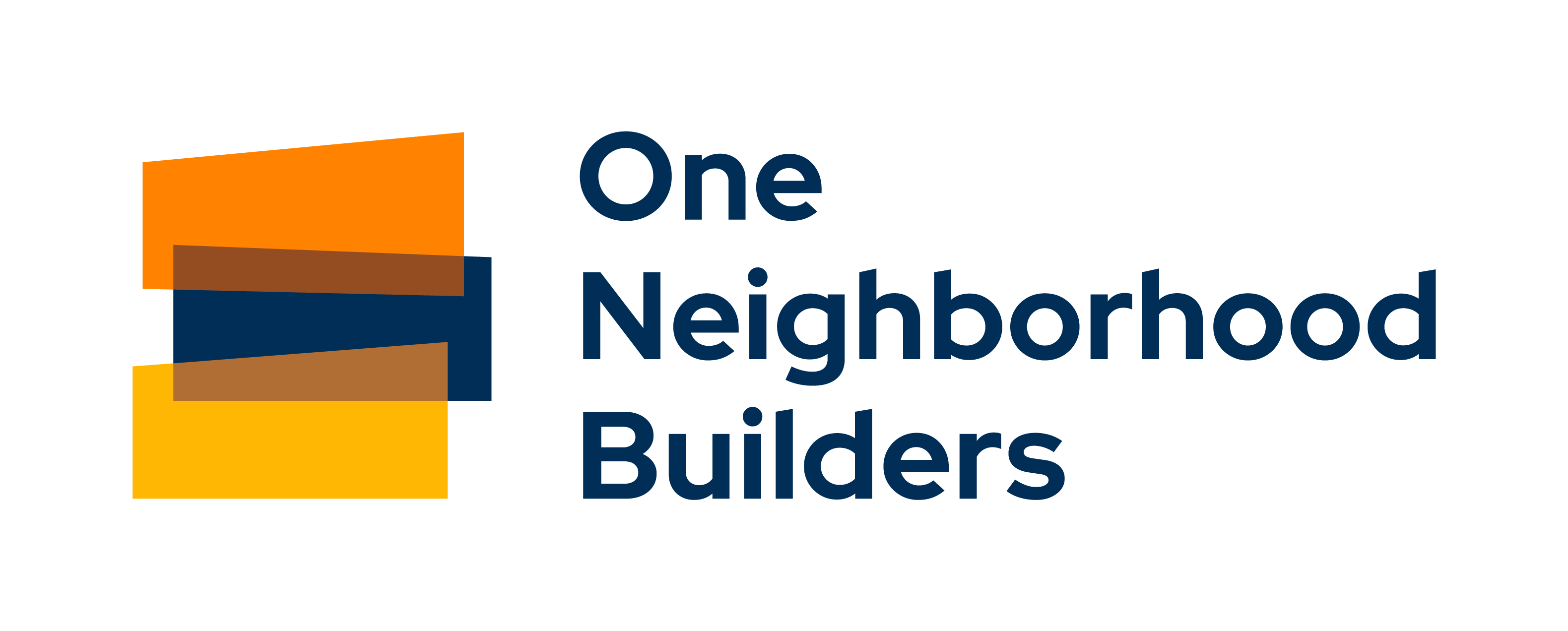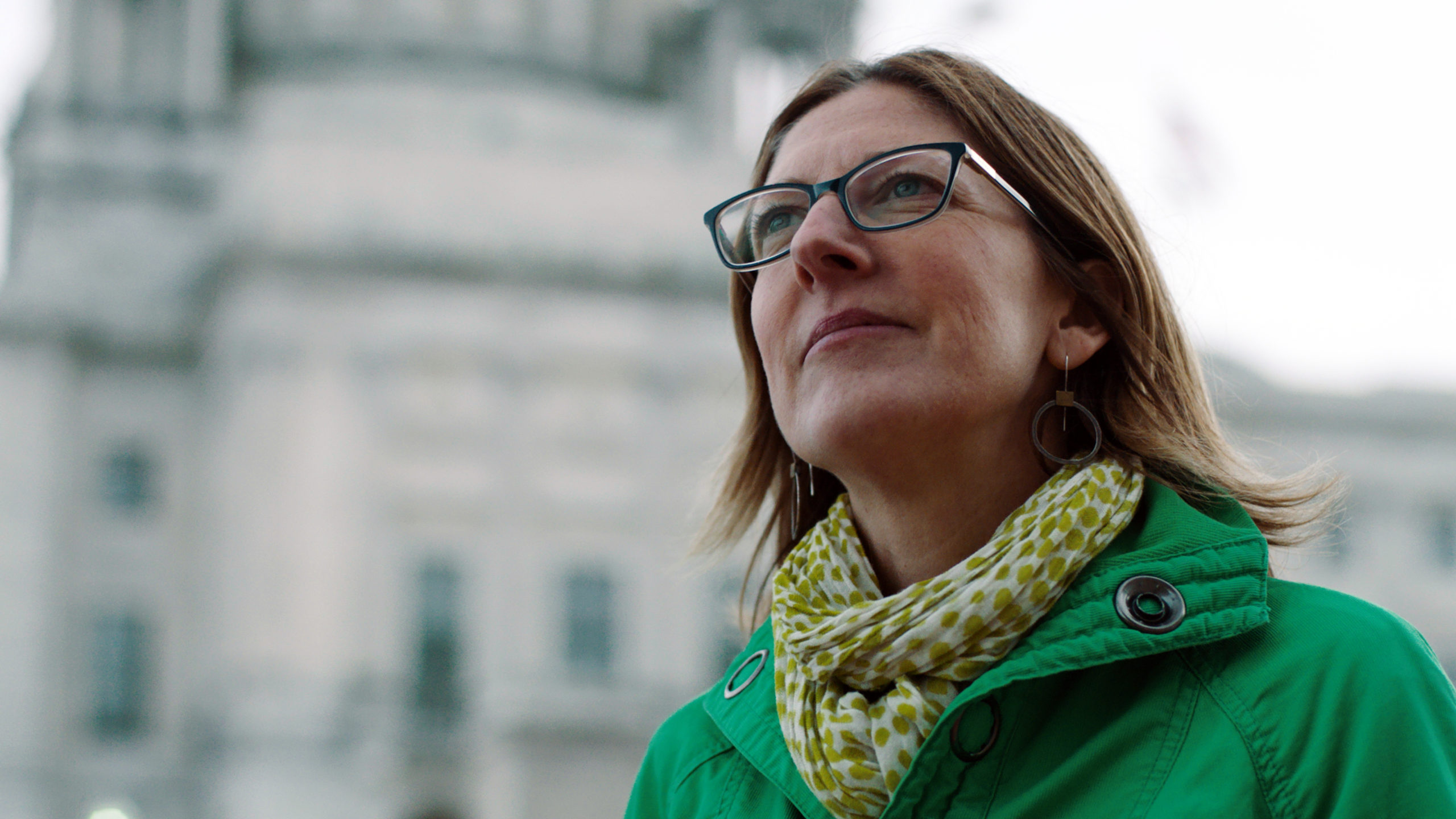By Jennifer Hawkins
Adapted from an essay for NeighborWorks America’s Achieving Excellence program
Introduction
The COVID-19 pandemic has thrown into sharp relief chronic, severe health disparities faced by people of color and low-income communities. As a nonprofit community development corporation (CDC), ONE Neighborhood Builders (ONE|NB) has worked for decades to address social determinants of health (SDOH’s), such as housing affordability, economic stability, early education, neighborhood safety, environmental justice, and food access. In the past five years, we have increasingly emphasized this work and invested in personnel who are dedicated to it. ONE|NB serves as the backbone for the Central Providence Health Equity Zone (CP-HEZ) and employs four staff who work to corral the collective impact of neighborhood institutions and address root causes of health inequity (i.e., racism, poverty, and discrimination) while ameliorating its manifestations (e.g., substandard housing, blight, crime, poor working conditions, and hunger).
At the same time, ONE|NB recognizes its core competency as the production and preservation of high-quality affordable housing. In the past three years, as the affordable housing crisis has become more pronounced—and as national media, policymakers, and philanthropists acknowledge it more broadly—many organizations have come to ONE|NB to seek our help in addressing the state’s dire affordable housing shortage.
ONE|NB leads one of ten HEZ’s in the state and is assertively working to develop affordable housing. As such, we are in a unique position, with one foot planted firmly in affordable housing and the other in furthering health equity, to challenge the false dichotomy between working to end health inequities and producing more affordable housing. It is not one or the other that needs to be done, nor are they distinct fields, but rather they need to be pursued hand-in-hand.
I believe this interdisciplinary nexus is the most compelling and promising solution to what ails the communities we serve; this is Community Development 2.0—a redefined, integrative approach to community development for 2020 and beyond.
Challenge: Bridging the Distance Between Equity and Equity
The challenge—and opportunity—in realizing Community Development 2.0 is bound to the word equity and its inharmonious double meaning: freedom from bias and the value of equality and the ownership of financial capital. ONE|NB seeks to bridge these definitions and, by so doing, simultaneously expand locally while contributing to the national community development field in the process.
We have two strategies to bridge the equity gap.
First, we must vastly expand access to capital to develop quality affordable housing at the scale that is desperately needed in Providence (and every city and town in RI). Put simply, we need more money to build new—and preserve existing—housing that is affordable to working-class people and we must have a system that directs that capital to projects and organizations that intentionally amplify the principles of health equity.
This sentiment is echoed in a March 12, 2020, blog post by Nixon Peabody attorneys Tatiana Gutierrez and David Schon. They note that as government funding is becoming insufficient to finance affordable housing development efforts, “housing developers are looking to impact investors as a potential new source of capital.” However, while investment in affordable housing “can deliver market or close to market rate returns in strong markets . . . investment has not been structured in a way that is accessible to the typical small affordable housing developer.”
Admittedly not new, social impact investing is not widespread, especially not in neighborhoods with chronic poverty and in organizations led by persons of color. I believe that it is imperative to expand access to impact investments by CDC’s and insist that social impact include SDOH metrics in their valuation. Expanding the definition of “capacity,” is a prerequisite as, understandably, investment follows capacity, but capacity is a fallible and subjective measure.
Financial institutions measure capacity using liquidity and net assets. A CDC that invests its surplus revenue in community building and engagement drains its liquidity, while a CDC that collectively invests in people and not property fails to build its net assets. Conversely, entities that retain their cash and grow their assets are rewarded with more capital. Could capacity be backstopped through aggregated and monetized community partners and their collective impact? Could a hybrid assessment be developed that blends essential financial metrics with networking capacity—the “ability to interact and work with other institutions”—and political capacity—the “ability to credibly represent its residents and to effectively advocate on their behalf?”[i]
Second, we must accelerate adoption of shared-equity models, such as community land trusts (“CLT’s”), that build community wealth. CLT’s assume the land is a public good and not a private asset. By placing land into CLT’s, the community influences the destiny of its neighborhood and, in this way, CLT’s are a proven antidote to gentrification and displacement. Furthermore, properties in CLT’s have much lower rates of foreclosure as owners have generally received homebuyer education and must verify at time of purchase that their monthly mortgage, tax, and insurance expense will not exceed one-third of their income.
Conclusion
ONE|NB seeks to promote this thinking, both in our own work and in the community development field more broadly. We aim to strengthen the communities we serve by:
- Attracting impact investments for affordable housing development
- Devising SDOH impact metrics that will be embraced as part of impact investors’ ROI calculation
- Expanding the definition of “housing development capacity”
- Growing ONE|NB’s Community Land Trust
- Formalizing our existing residential CLT and organizing homeowners to see value of CLT stewardship
- Adding commercial developments into the CLT to protect minority-owned businesses and the creative sector
[i] By the Numbers: Measuring Community Development Corporation Capacity, Norman Glickman and Lisa Servon, 1998


